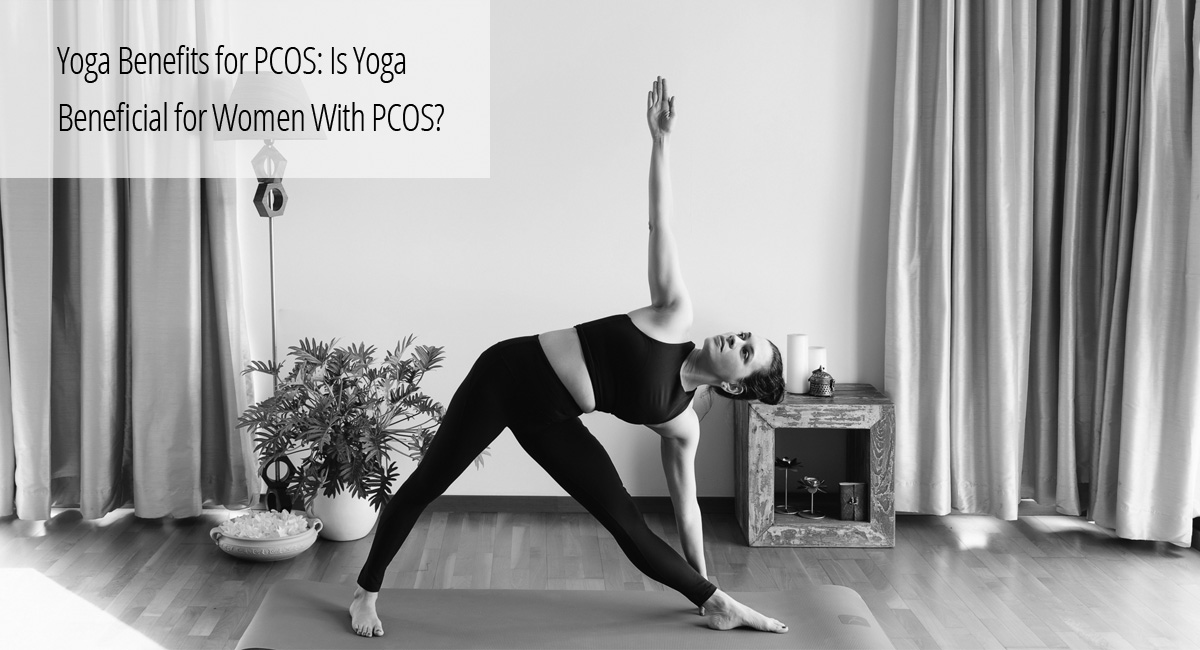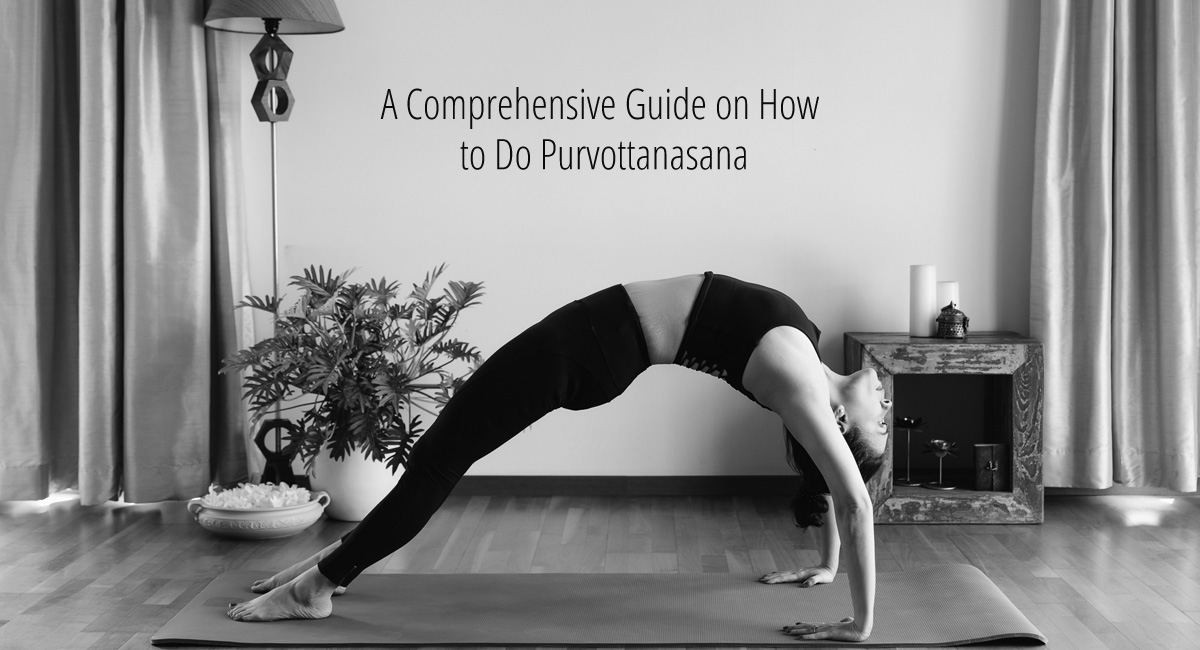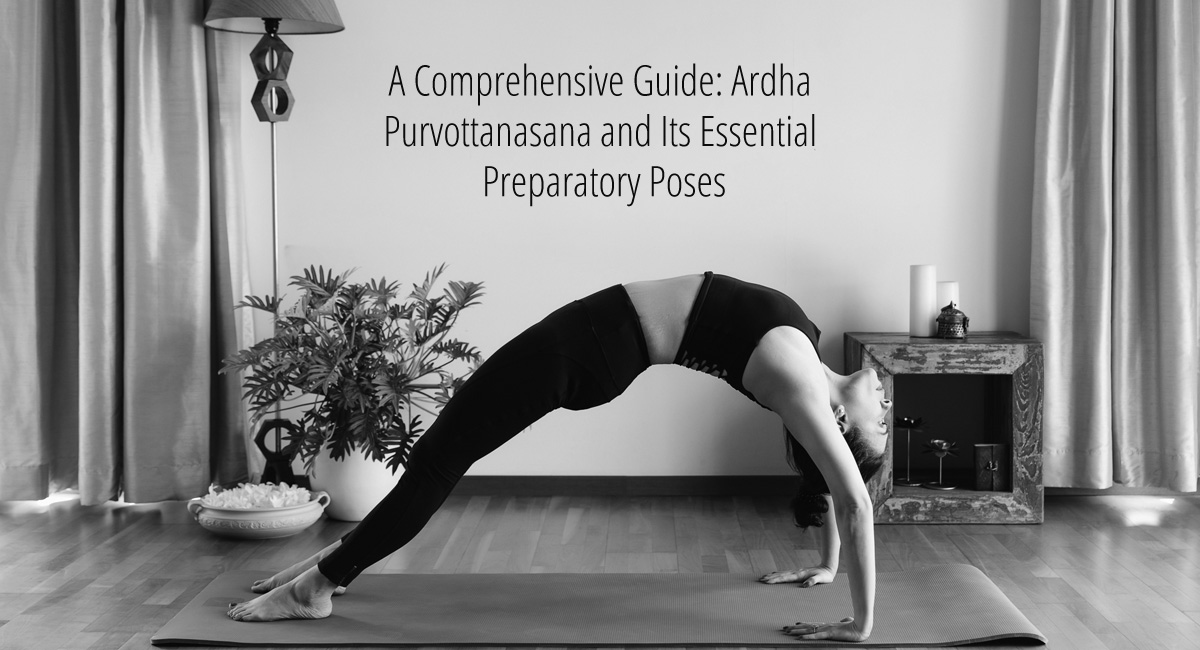
Yoga Benefits for PCOS: Is Yoga Beneficial for Women With PCOS?
Table of Contents
How Yoga Benefits Symptoms of PCOS
Polycystic ovary syndrome, or PCOS, is a female endocrine disorder that affects women in their prime reproductive years. The ovaries start producing androgens, male sex hormones that are typically present in women in modest amounts, in abnormally high amounts.
Between 12-16% of women are affected by PCOS between the ages of 20-29. Many recent studies show that practising yoga regularly has a proven impact on a healthier body and mind, and it can help relieve symptoms and alleviate other problems related to PCOS.
Health Benefits Of Yoga For PCOS
Even though PCOS hasn’t yet been linked to a precise cause, the majority of medical professionals think stress, a by-product of today’s poor lifestyle, is to blame. Some of the symptoms that come with having PCOS include: irregularities in the menstrual cycle; excess body hair growth; acne-prone skin; male pattern baldness; dark or thick skin patches on the back of the neck, in the armpits, and under the breasts; and weight gain, especially in the abdominal region.
Women with PCOS are often insulin resistant; their bodies can make insulin but can’t use it effectively, increasing their risk for type 2 diabetes. Insulin resistance also increases the production of ovarian androgens. Reducing androgen levels, including testosterone and DHEA, is key to managing these symptoms and bringing down cortisol levels. Pharmacologic treatments are useful for controlling PCOS. However, they carry the risk of certain serious adverse effects. Yoga can help by increasing mindfulness and bringing blood flow to the pelvic region. Focusing on the abdominal area is essential and should be done with tenderness. Strenuous postures (especially standing poses and unsupported backbends) are avoided.
1. Yoga Helps By Improving Circulation
Appropriate blood flow is necessary for every organ to function well. Yoga can improve mindfulness and increase blood flow to the pelvic area. Garland Pose (Malasana) can strengthen the pelvic floor and abdominal core while opening the hips. The Butterfly Pose opens the deepest part of the hip muscles, stretches the knee, stimulates the abdominal organs, and relieves cramps. In contrast, the Supta Baddha Konasana stretches the inner thighs and groin. Bow pose (Dhanurasana) may help relieve menstrual discomfort and stimulate reproductive organs.
2. Facilitates Mind-Body Awareness
Pranayama, or yogic breathing, can help fine-tune your mind to bodily sensations by employing the autonomic nervous system. Sudarshan Kriya is one such technique. Breath is linked with emotions and changes with the changing states of your mind. When you are angry, you take short breaths, and when sad, you take longer breaths. Sudarshan Kriya uses different breathing cycles to release negative emotions like stress, anger, anxiety, and sorrow. The technique naturally helps you achieve a happy, relaxed, and energised state of mind.Mood disorders are a common symptom of PCOS and may be directly related to biochemical imbalances and exacerbated by stress related to body image and fertility issues. Therefore, utilising a mind-body approach with self-care works wonders.
3. Balances Hormones
Yoga stimulates the endocrine glands in our body that are responsible for the production and secretion of various hormones. Stress tends to increase adrenal gland androgen production. It’s believed that 30–40% of women with PCOS make adrenal androgens. To help turn off the adrenal glands and calm the mind, restorative yoga postures can be practised daily in a warm, dark, quiet environment. Regulating the thyroid gland by poses like Viparita Karani (Inverted Pose) and Sarvangasana (shoulder stand) can help boost metabolism and maintain body weight.
4. Improves Sleep Quality
Irregularity in sleep is another symptom of PCOS that can be relieved by yoga. Supported Sukhasana (Easy Pose) forward bend, with forehead and arms resting on a padded chair seat releases tension in the back and neck muscles, and feels very calming.
Supported Setu Bandha Sarvangasana (Bridge Pose) pose improves sleep as it stimulates blood pressure sensors in the neck and upper chest, triggering reflexes that reduce nerve input into the adrenal glands, slow the heart rate, slow the brain waves, relax blood vessels, and reduce the amount of norepinephrine circulating in the bloodstream.
Here are 10 health benefits of practising yoga for relief from PCOS:
- helps in regulating androgen levels
- reduces cortisol and anti-mullerian hormone levels
- relieves acne and other skin-related issues
- improves sleep quality
- facilitates blood circulation
- regulates the thyroid gland and metabolism
- aids in the development of the mind-body connection
- regulates the nervous system
- keeps blood sugar levels in check
- reduces oxidative stress and improves heart health
Summary
A study by the All India Institute of Medical Sciences reveals that one in every ten Indian women suffers from PCOS. Yoga is a practical approach to help bring relief from symptoms. Yoga differs from other forms of exercise in that it is a highly inclusive approach, developed thousands of years ago to bring balance and harmony to mind, body, and spirit. Yoga is also one of the few approaches available and appropriate for people from all age groups and health levels.
The age-old practice of yoga has a wide range of advantages, and as you include it in your lifestyle, you will experience improved health and tranquility. So, find a suitable instructor, practise under a well-trained, knowledgeable teacher, and begin your journey to all-round wellness.

I am a Pune based artist, Kathak dancer, Dance Movement Therapist, and an avid Yoga practitioner/ teacher. I am also the Director at the Sakal Media Group, a Trustee of Pune Blind School and Nirdhar Trust.
Being a part of Sakal Media Group, with its strong foundation of service and ethical journalism, I am deeply committed in making this world a better place by pushing boundaries, giving opportunities to others, following my convictions, helping others make better choices and to tell powerful stories that will help reshape the world we live in.





